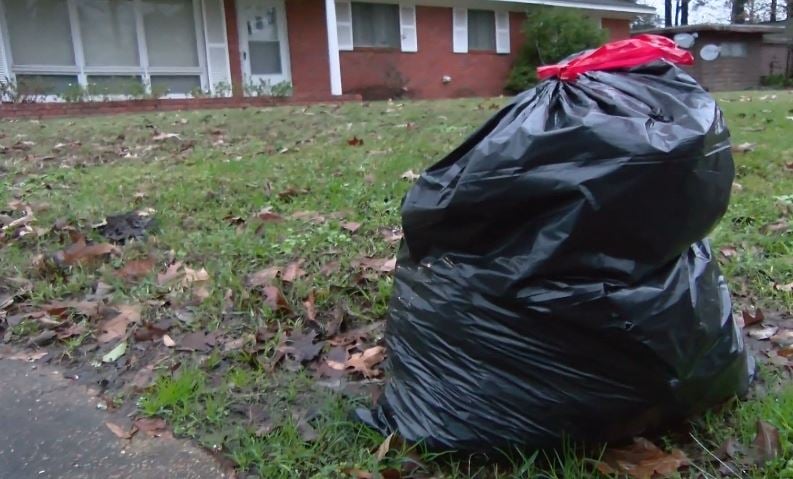VIDEO: Forensics 101
COLUMBUS, Miss. (WCBI) – A 20-year-old murder case in Columbus is cracked and forensics experts point to technology and DNA as the winning combination.
Now, 52 year old David Murray is charged with capital murder in the 1996 murder of Mack Fowler.
The Columbus Crime Lab has the tools and technology to help detectives solve cases, whether they happened two days ago, or two decades ago.
When this facility opened in 2005, some of the first cases investigators worked on were the unsolved deaths of five elderly residents from the 1990’s.
With an arrest, the scientists are seeing their payoff.
Law enforcement have more technology to solve crimes in 2017, than the investigators who first saw the crime scene at Mack Fowler’s home in 1996.
“If there’s good preservation of evidence and good chain of custody, now days, I think we’re going to be able to solve a lot of cold cases with the DNA technology,” says District Attorney Scott Colom.
The Director of the Mississippi Forensic Laboratory System in Pearl says it’s one of the most powerful tools to put people in handcuffs.
He credits officers for their work and how they stored the items in Fowler’s home for a DNA match almost 21 years later.
“It’s only as good as the evidence collection that’s done by those investigators and in this case, they did a fantastic job and it just took time and technology and patience to get a result,” says Sam Howell.
Columbus Crime Lab Director Austin Shepherd says TV shows like CSI, lead people to believe forensic results are done in a matter of minutes, but that’s far from the truth.
“This is not something that happens in a day or two. It takes weeks and as you can imagine, there’s a lot of people going on that data base so that individual, you know, could be number one-thousand in the list of people to enter that week.”
There are over 100,000 profiles in the state’s DNA data base.
However, there are a number of ways crime scene investigators collect physical evidence.
“Ballistics, trace, DNA, fingerprints, footwear impressions, tire tracks. I mean, there’s absolutely tons of stuff out there,” says Shepherd.
With all of that evidence, comes different ways to process and verify what can eventually be used in court.
Usually, it will be tested by multiple experts before a person is arrested.
Some of the evidence can also be put through national data bases, such as the one that found Murray.
Shepherd says the key is to collect and preserve evidence, as soon as he arrives at a scene.
“The thing about evidence is, you know, it’s not excited by the moment, it’s not biased, it doesn’t get confused, it just is, and it’s our jobs as scientists, our job as investigators, to be able to recognize it and be able to analyze it and get as much information as possible.”
In 2015, Mississippi started putting felony arrestees into the DNA data base.
Murray was put in the system this past October.
Preservation is key in investigations, but good reports of the scene are too.
It should include every detail and answer basic questions like who, what, when, where, how, and why.
Report writing is important in every aspect of law enforcement and has to be done on every case.
Master Sergeant Narcotics Agent Kevin Forrester has been teaching report writing to officers and deputies for several years.
He says a good report should put you back at the scene, and that’s exactly what one investigator did for police in the Mack Fowler case.
“If you don’t write a good enough report, as many cases and as many reports as you write over a three year period, it’s impossible to remember every little detail. So, that’s why you make a very good detailed report so that this report will refresh in your memory as you go back over it.”
“There’s a good sketch of the scene. Even the reports, I talked to one of the investigators this morning and told him that his report put me back inside the scene, the way he wrote it. The details that he put into it. You could read it and actually go back in and re-live that scene as an officer would in 1996,” says Captain of Criminal Investigations Division, Brent Swan.
Forrester says grammar and spelling are also key in reports.





Leave a Reply